Mohamadreza Faridghasemnia
Planning for Learning Object Properties
Jan 15, 2023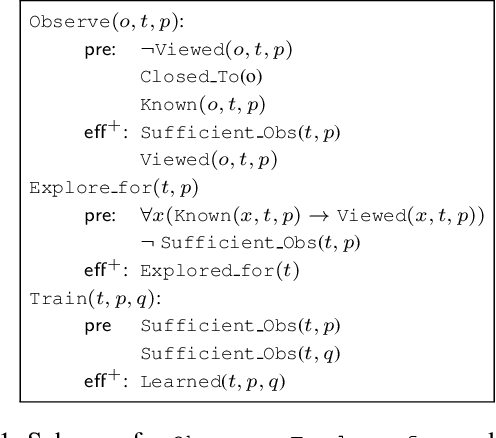
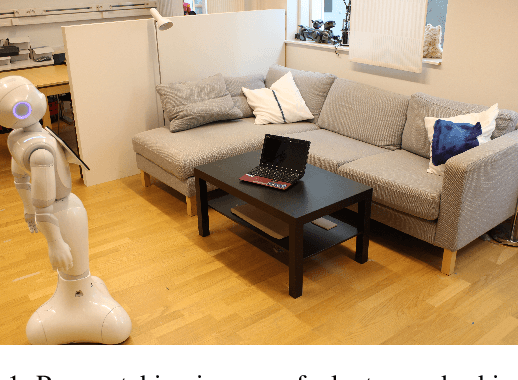
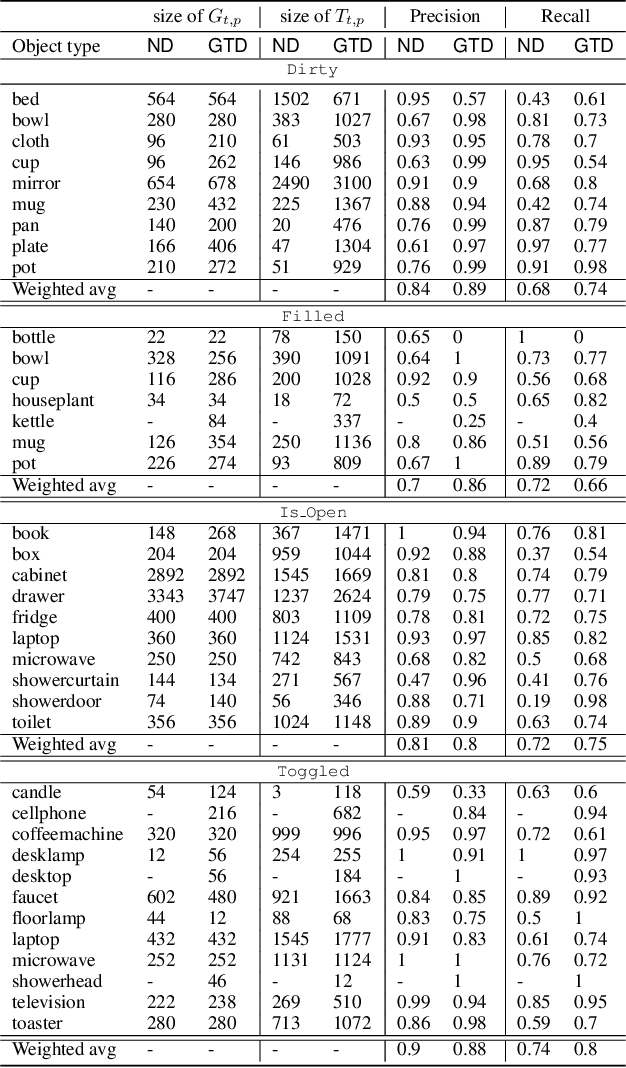
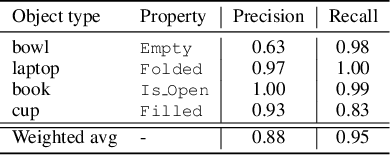
Abstract:Autonomous agents embedded in a physical environment need the ability to recognize objects and their properties from sensory data. Such a perceptual ability is often implemented by supervised machine learning models, which are pre-trained using a set of labelled data. In real-world, open-ended deployments, however, it is unrealistic to assume to have a pre-trained model for all possible environments. Therefore, agents need to dynamically learn/adapt/extend their perceptual abilities online, in an autonomous way, by exploring and interacting with the environment where they operate. This paper describes a way to do so, by exploiting symbolic planning. Specifically, we formalize the problem of automatically training a neural network to recognize object properties as a symbolic planning problem (using PDDL). We use planning techniques to produce a strategy for automating the training dataset creation and the learning process. Finally, we provide an experimental evaluation in both a simulated and a real environment, which shows that the proposed approach is able to successfully learn how to recognize new object properties.
Towards Abstract Relational Learning in Human Robot Interaction
Nov 20, 2020
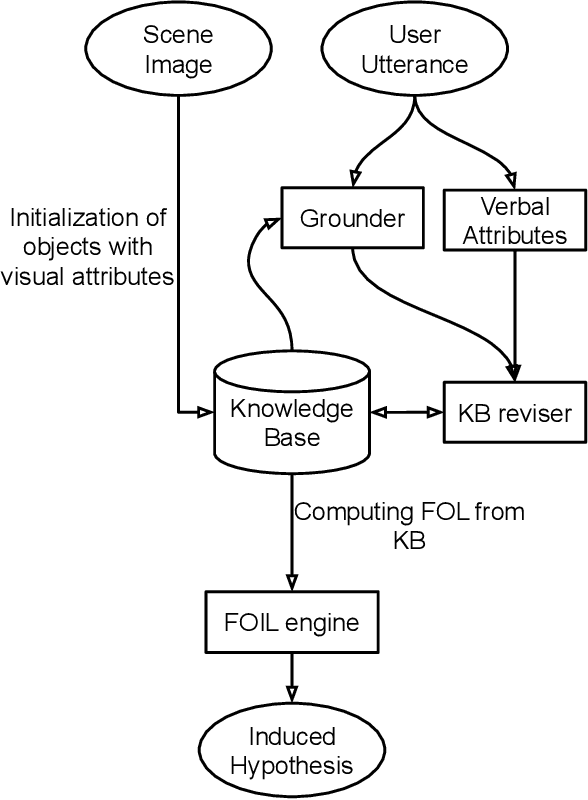
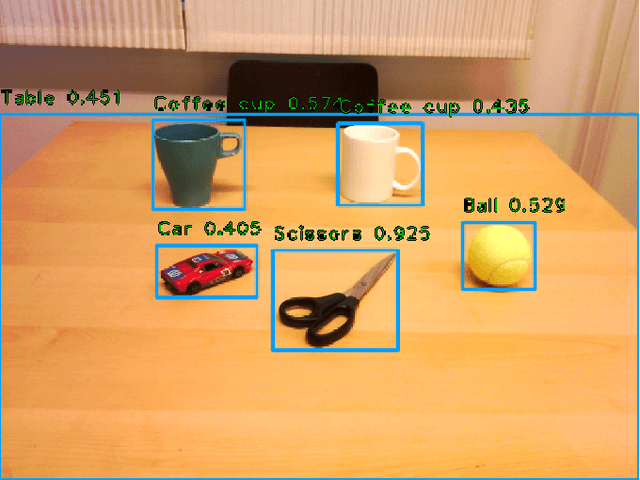

Abstract:Humans have a rich representation of the entities in their environment. Entities are described by their attributes, and entities that share attributes are often semantically related. For example, if two books have "Natural Language Processing" as the value of their `title' attribute, we can expect that their `topic' attribute will also be equal, namely, "NLP". Humans tend to generalize such observations, and infer sufficient conditions under which the `topic' attribute of any entity is "NLP". If robots need to interact successfully with humans, they need to represent entities, attributes, and generalizations in a similar way. This ends in a contextualized cognitive agent that can adapt its understanding, where context provides sufficient conditions for a correct understanding. In this work, we address the problem of how to obtain these representations through human-robot interaction. We integrate visual perception and natural language input to incrementally build a semantic model of the world, and then use inductive reasoning to infer logical rules that capture generic semantic relations, true in this model. These relations can be used to enrich the human-robot interaction, to populate a knowledge base with inferred facts, or to remove uncertainty in the robot's sensory inputs.
 Add to Chrome
Add to Chrome Add to Firefox
Add to Firefox Add to Edge
Add to Edge